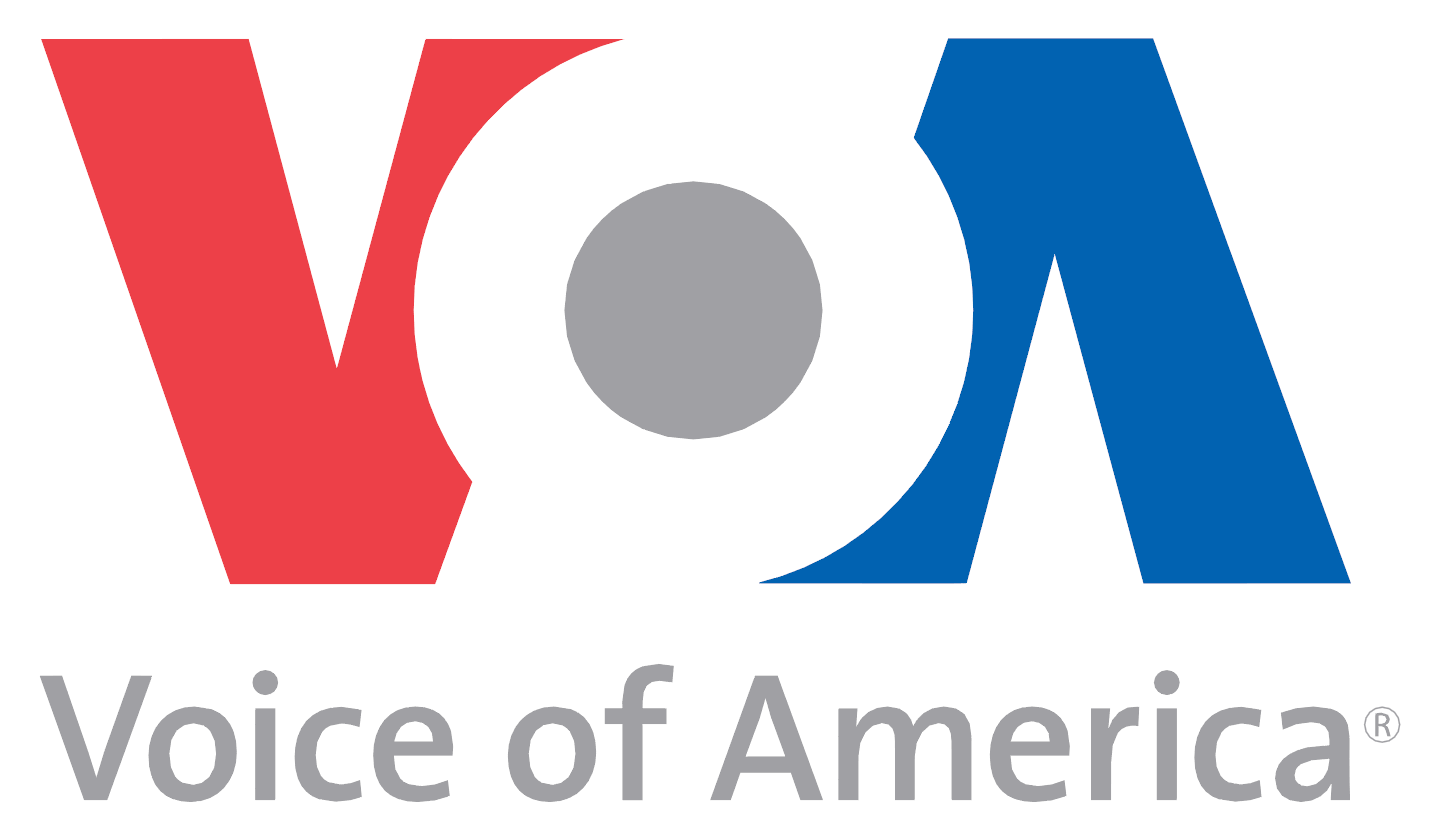from ‘Voice of America’ June 26, 2015 | By Jim Randle.

The U.S. job market has millions of unfilled jobs, particularly those requiring technical skills. At the same time, the Labor Department says 8.7 million Americans are unemployed and another 6.7 million can find only part-time work.
Employers say many of those jobs are vacant because they cannot find people with the necessary skills to do the work. A study by Careerbuilder, a firm that helps match employers and applicants, says more than half of employers report having trouble filling certain jobs, and six out of ten have had to hire under-qualified people.
But one researcher says employers are not offering enough money to attract the best qualified workers.
Experts call this paradox the “skills gap” and a number of efforts are underway to better understand and solve it.
Rethinking training
Author Nicholas Wyman calls it “a labor market mis-match … people without jobs and jobs without people.”
His book is called Job U. Because unemployment for new college graduates is high, and traditional four-year colleges are very expensive, Wyman says a combination of technical classes and on the job training — an apprenticeship — would be a better choice for many people.
“An apprenticeship is where you learn from a specialist, you are provided mentoring, you learn in an on the job environment, the old cliche is that you are actually paid to earn and learn,” he said.
He says apprenticeships are misunderstood in the United States, where “success” is often defined as attending a four-year college. But he says that is changing as apprenticeships spread beyond traditional areas like construction and manufacturing and get a boost from government funding.
And Wyman, who was once an apprentice, says opportunity is growing in some previously troubled areas like manufacturing.
Wage problem?
But new research from Iowa State University is raising some questions about the definition, size, and nature of a skills gap. Iowa State’s Liesl Eathington and colleagues examined employment, education and population data and found the evidence of a skills gap is weak.
She says many policymakers and employers say there is opportunity in “middle skills” areas, like welding or machining. But Eathington adds that the most recent recession hit some of those job areas hard, and that students should be cautious because “our economy really isn’t adding that many jobs that require the middle skills or middle educated territory.”
Employers could get a more well-qualified applicants if they offered higher wages, says Eathington, who points out that graduates of two-year training programs still generally make less money than graduates of four-year colleges.
The U.S. unemployment rate stood at 5.5 percent in May, and will be updated next Thursday for June.
Source location:
http://www.voanews.com/content/millions-us-jobs-unfilled-millions-remain-unemployed/2838814.html
image:
Job seekers listen to prospective employers during a job hiring event for marketing, sales and retail positions in San Francisco, California, June 4, 2015.


